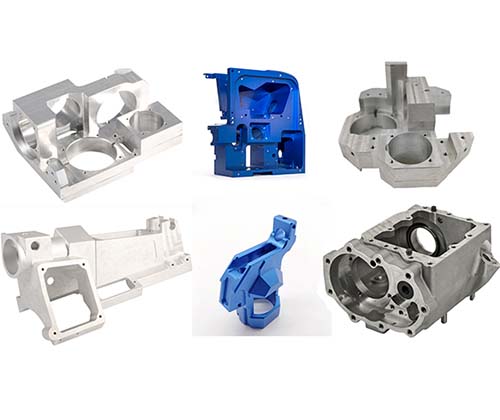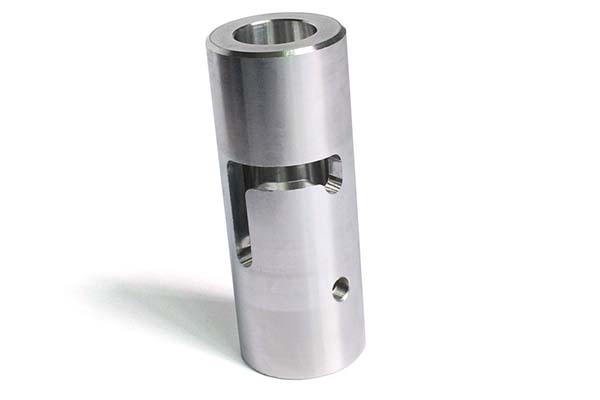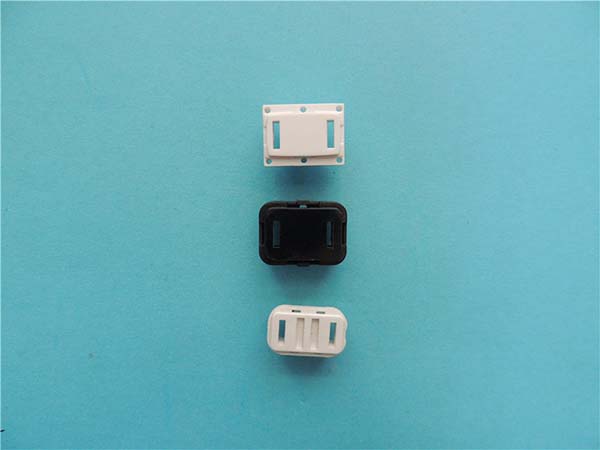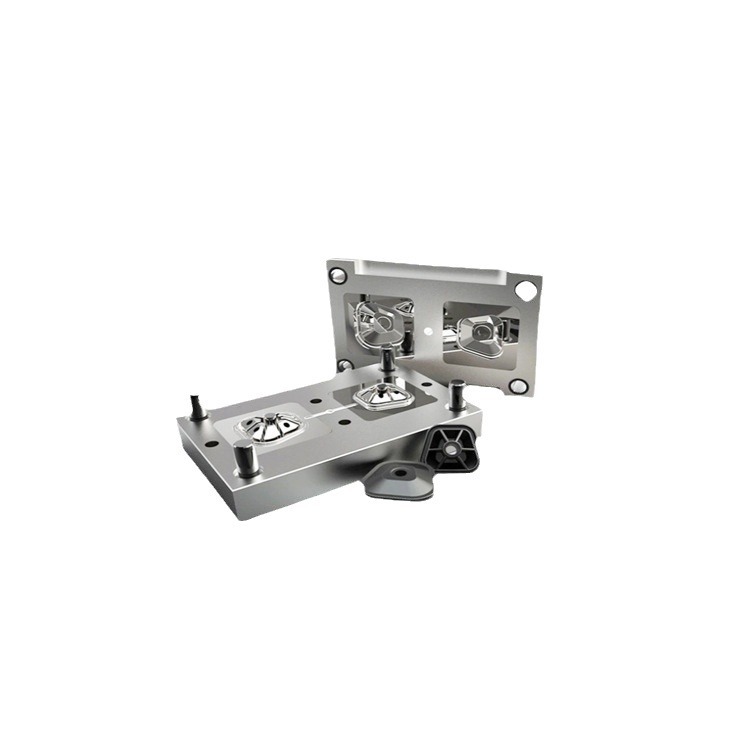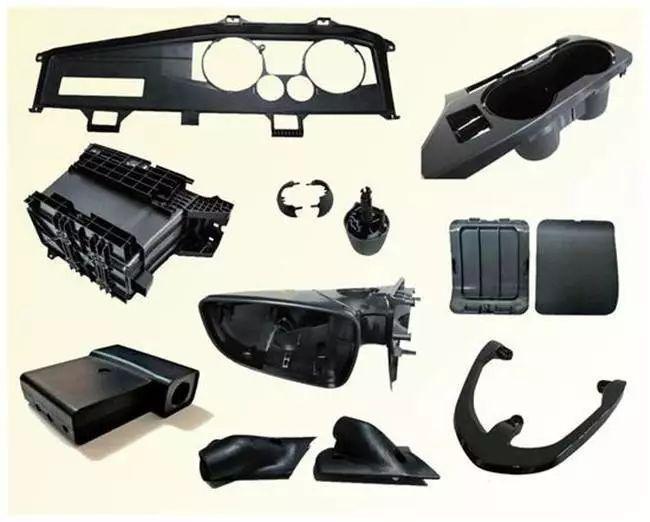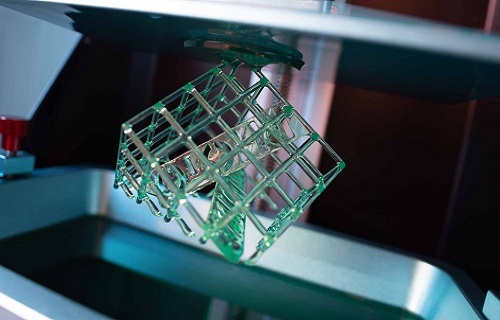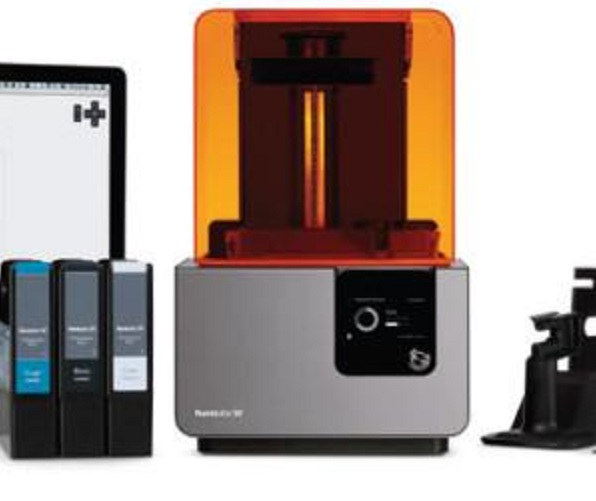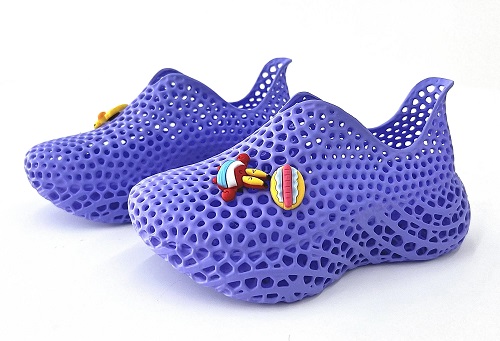What is SLM Manufacturing?
Definition and Principle
SLM manufacturing, short for Selective Laser Melting manufacturing, is an advanced additive manufacturing technology. It uses a high - power laser beam to selectively melt metal powder layer by layer and solidify it into a three - dimensional solid object according to a pre - designed 3D model.
The working principle of SLM manufacturing mainly involves the following steps:
- Powder Spreading: A thin layer of metal powder is evenly spread across the build platform by a powder spreading mechanism. The thickness of this powder layer usually ranges from 20 to 100 micrometers, depending on the specific material and the requirements of the final product.
- Laser Scanning: A high - energy laser beam then scans the powder layer according to the cross - sectional data of the 3D model. Wherever the laser beam hits, the metal powder is melted and fused together. The laser power can vary from a few hundred watts to several kilowatts, and the scanning speed can be adjusted from a few centimeters per second to several meters per second, depending on the material and the complexity of the part.
- Layer - by - layer Stacking: After the laser scanning is completed for one layer, the build platform is lowered by a distance equal to the thickness of a single powder layer. Then, a new layer of powder is spread, and the laser scanning process is repeated. This layer - by - layer stacking process continues until the entire 3D object is completed.
Key Components and Equipment
- Laser System: The laser is the core component of an SLM machine. Fiber lasers are commonly used in SLM manufacturing due to their high energy efficiency, high beam quality, and high power output. For example, a 400 - watt fiber laser can provide sufficient energy to melt metal powders such as titanium alloy, stainless steel, and aluminum alloy effectively.
- Scanning System: The scanning system, which includes galvanometer - based mirrors, is responsible for precisely controlling the movement of the laser beam across the powder bed. It can quickly and accurately change the direction of the laser beam, enabling high - speed scanning of complex geometries. The scanning speed of a high - end scanning system can reach up to 7 m/s.
- Powder Supply System: This system stores and supplies the metal powder to the build area. It usually consists of powder hoppers, powder feeders, and powder spreading mechanisms. The powder feeder ensures a stable and continuous supply of powder, while the powder spreading mechanism evenly distributes the powder in a thin layer on the build platform.
- Forming Chamber: The forming chamber provides a controlled environment for the SLM process. It is usually filled with an inert gas, such as argon or nitrogen, to prevent oxidation of the metal powder and the molten metal during the melting and solidification process. The oxygen content in the forming chamber is typically maintained at a very low level, often less than 100 ppm.
Applications of SLM Manufacturing
SLM manufacturing has found wide - ranging applications across various industries due to its unique capabilities. Here are some of the major application areas:
Aerospace Industry
- Engine Components: In the aerospace industry, SLM manufacturing is used to produce engine components such as turbine blades and combustion chambers. For example, GE Aviation has successfully used SLM technology to manufacture fuel nozzles for its LEAP engine. These nozzles have complex internal channels for efficient fuel - air mixing. Traditional manufacturing methods would require multiple parts to be assembled, which increases the risk of leakage and reduces the overall efficiency. With SLM, these components can be produced as a single, integrated part. The use of SLM - manufactured components has also led to a weight reduction of up to 25% in some cases, which is crucial for improving fuel efficiency and reducing emissions in aircraft engines.
- Structural Components: SLM is also employed to create lightweight yet strong structural components for aircraft. Airbus has been exploring the use of SLM - made titanium alloy brackets and struts. These components can be designed with lattice structures, which significantly reduce weight while maintaining high strength. A study showed that by using SLM - manufactured lattice - structured components, the weight of certain aircraft structures can be reduced by up to 40% compared to conventionally manufactured parts. This weight reduction directly contributes to lower fuel consumption and increased payload capacity.
Medical Field
- Customized Implants: In the medical field, SLM manufacturing enables the production of highly customized implants. For instance, in dental applications, SLM - made titanium dental implants can be precisely tailored to fit an individual patient's jawbone structure. These implants are designed based on 3D scans of the patient's mouth, ensuring a perfect fit and better osseointegration. In orthopedics, SLM - manufactured hip and knee implants can be customized according to the patient's anatomy, reducing the risk of implant rejection and improving long - term implant stability. A clinical study on SLM - made hip implants showed that the rate of implant - related complications was reduced by 30% compared to traditional implants.
- Surgical Instruments: SLM is also used to manufacture surgical instruments with complex geometries. Some companies are using SLM to create forceps, scalpels, and other instruments with ergonomic designs that are easier for surgeons to handle. These instruments can be made with features such as textured grips for better control and hollow structures to reduce weight without sacrificing strength.
Automotive Industry
- Lightweight Components: The automotive industry is increasingly adopting SLM manufacturing to produce lightweight components. For example, some high - performance car manufacturers are using SLM - made aluminum alloy suspension components. These components are designed with optimized geometries, which can reduce weight by up to 30% compared to traditional cast or forged parts. The weight reduction improves fuel efficiency and enhances the vehicle's handling performance.
- Complex Molds: SLM is used to create complex molds for automotive part manufacturing. These molds can have intricate cooling channels and internal structures, which improve the cooling efficiency during the injection molding process. A case study showed that by using SLM - made molds, the cycle time for manufacturing plastic automotive parts was reduced by 20%, leading to increased production efficiency.
Yigu Technology's View
As a non - standard plastic metal products custom Supplier, Yigu Technology highly values the potential of SLM manufacturing. This technology offers a remarkable opportunity for customized production. It allows us to bring our clients' most complex design ideas to life.
With SLM manufacturing, we are no longer restricted by traditional manufacturing limitations. For example, when clients have designs with intricate internal structures or unique geometries for plastic - metal components, SLM can handle them with ease. It enables us to produce parts with high precision, reducing the need for extensive post - processing. This not only saves time but also cuts down on production costs in the long run. In short, SLM manufacturing has become an essential tool in our toolkit to meet the diverse and ever - evolving needs of our clients.
FAQ
What types of materials can be used in SLM manufacturing?
Commonly used materials in SLM manufacturing include:
- Aluminum Alloys: They are lightweight, with good corrosion resistance and high specific strength. For example, AlSi10Mg alloy is often used in the aerospace and automotive industries for parts that require lightweight design, such as aircraft wing components and automotive engine parts.
- Titanium Alloys: These alloys have excellent strength - to - weight ratios, high corrosion resistance, and good biocompatibility. Ti - 6Al - 4V is a widely used titanium alloy in SLM manufacturing. It is used in aerospace applications like engine components and in the medical field for implants due to its biocompatible properties.
- Stainless Steels: Stainless steels offer high strength, good corrosion resistance, and are relatively easy to process. 316L stainless steel, for instance, is used in the food and beverage industry, chemical industry, and medical equipment manufacturing for parts that need to resist corrosion and have certain strength requirements.
How to ensure the quality of SLM - manufactured parts?
To ensure the quality of SLM - manufactured parts, the following methods can be adopted:
- Control of Equipment Parameters: Precise control of laser power, scanning speed, and layer thickness is crucial. For example, if the laser power is too low, the powder may not be fully melted, resulting in porosity in the part. On the contrary, excessive laser power can cause over - melting and distortion.
- Powder Quality Inspection: Regularly test the particle size distribution, purity, and flowability of the metal powder. High - quality powder with uniform particle size and good flowability is essential for consistent part quality.
- Process Monitoring: Use in - situ monitoring techniques such as high - speed cameras and infrared sensors to monitor the melting process in real - time. This can help detect issues like powder splashing, lack of fusion, and porosity during the manufacturing process.
- Post - processing Technology: After SLM manufacturing, post - processing steps like heat treatment, machining, and surface finishing are necessary. Heat treatment can relieve internal stress and improve the mechanical properties of the part, while machining can improve dimensional accuracy and surface quality.
Is SLM manufacturing suitable for mass production?
Currently, SLM manufacturing has some limitations in mass production:
- Efficiency: The layer - by - layer manufacturing process of SLM is relatively slow. For example, producing a large - scale, complex part may take several days or even weeks, which is much slower than traditional mass - production methods like injection molding or forging.
- Cost: The cost of SLM equipment is high, and the price of metal powder materials is also relatively expensive. Additionally, the need for post - processing and quality control adds to the overall cost.
However, with the continuous development of technology, there are potential improvements. New multi - laser systems are being developed to increase the manufacturing speed, and research on new powder materials and recycling technologies may help reduce costs in the future. As these advancements progress, SLM manufacturing may become more viable for mass production in some specialized fields.
